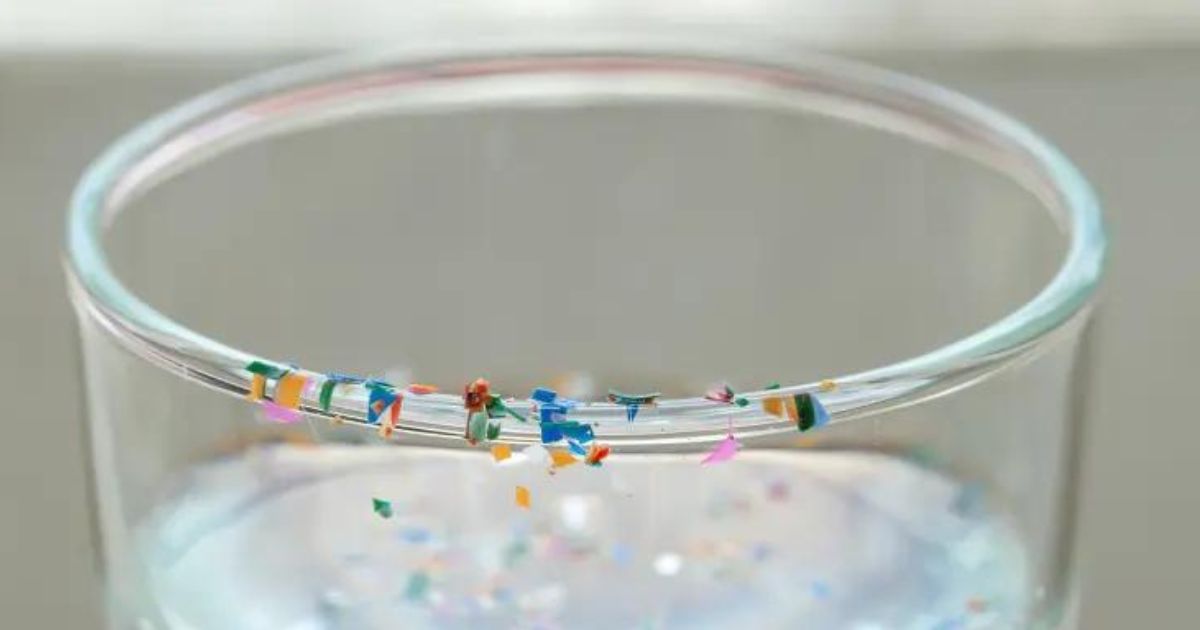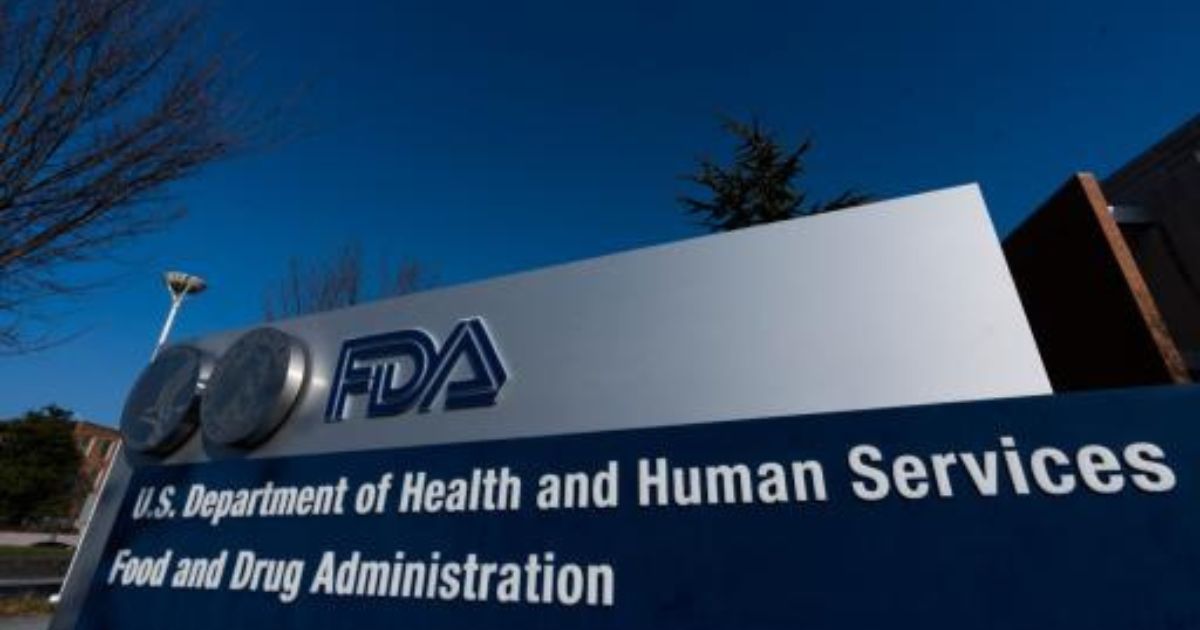In a groundbreaking discovery, scientists from the Salk Institute for Biological Studies in California may have paved the way for revolutionary panic attack treatment.
Their research, published in the journal Nature Neuroscience, reveals a key brain pathway outside the amygdala, challenging previous notions about the brain’s fear center. This discovery opens new possibilities for targeted treatments that differ from existing medications.
Unveiling the Brain Circuit For Panic Attack Treatment
The study aimed to map regions, neurons, and connections responsible for mediating panic attacks. Contrary to previous beliefs, the research identified a specific brain circuit outside the amygdala that regulates panic-like symptoms in mice.
Sung Han, senior study author and associate professor at Salk, explained, “Even people who have damage to their amygdala can still experience panic attacks, so we knew we needed to look elsewhere.”
The Role of Lateral Parabrachial Nucleus
The focus of the research shifted to the lateral parabrachial nucleus (LPB), a region of the brain responsible for relaying sensory information. This area produces pituitary adenylate cyclase-activating polypeptide (PACAP), a key regulator of stress responses.
By studying the LPB’s role in generating panic and observing emotional and physical changes in mice, the researchers made a crucial connection between the PACAP brain circuit and panic disorder.
Panic Symptoms
The breakthrough came as the researchers found that inhibiting PACAP signaling could lessen panic symptoms in mice.
An estimated 11% of Americans experience a panic attack each year, with 2% to 3% of the population suffering from panic disorder, according to the Cleveland Clinic. The symptoms, including overwhelming fear, sweaty palms, shortness of breath, and a rapid heart rate, can have a profound impact on daily life.
The Future of Panic Attack Treatment
Sukjae Kang, co-first study author and senior research associate in Sung Han’s lab, emphasized, “Emotional and stress-related behaviors have been associated with PACAP-expressing neurons in the past.”
The study provides hope for developing targeted treatments that address the unique brain circuit linked to panic attacks, potentially revolutionizing the approach to panic disorder medications.
Turning Attention to Anxiety
With the success of their findings on panic attacks, the researchers now aim to explore the connection between anxiety and panic. Panic attacks, known for their sudden onset without apparent triggers, stand in contrast to anxiety disorders, which often have identifiable triggers.
Sung Han expressed the need to delve into the interaction between anxiety and panic, considering that individuals with anxiety disorders have a higher tendency to experience panic attacks.
A Potential End to Panic Attacks?
The discovery of this specific brain circuit offers a ray of hope for the estimated millions of individuals worldwide who grapple with panic attacks and related disorders.
The groundbreaking research not only challenges previous understandings of panic’s origins but also opens up new avenues for treatment development.
The inhibition of PACAP signaling emerges as a potential target for future medications, holding the promise of transforming the lives of those affected by panic disorders.
In the pursuit of unraveling the complexities of mental health, this scientific breakthrough brings us one step closer to a future where panic attacks may no longer be an insurmountable challenge but a condition that can be effectively treated, offering relief and improved well-being for individuals worldwide.








Leave a Reply
You must be logged in to post a comment.